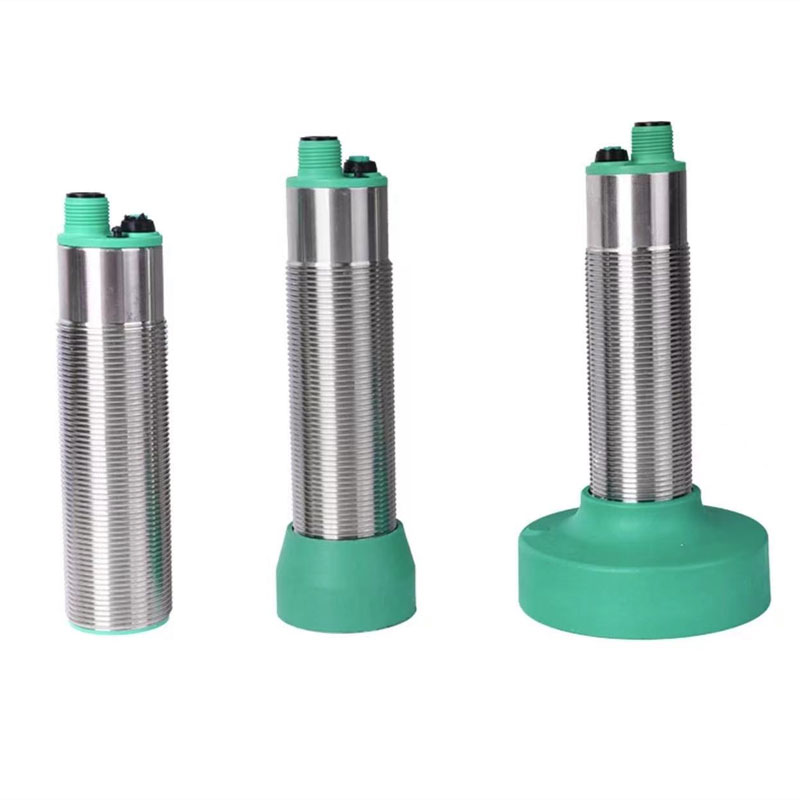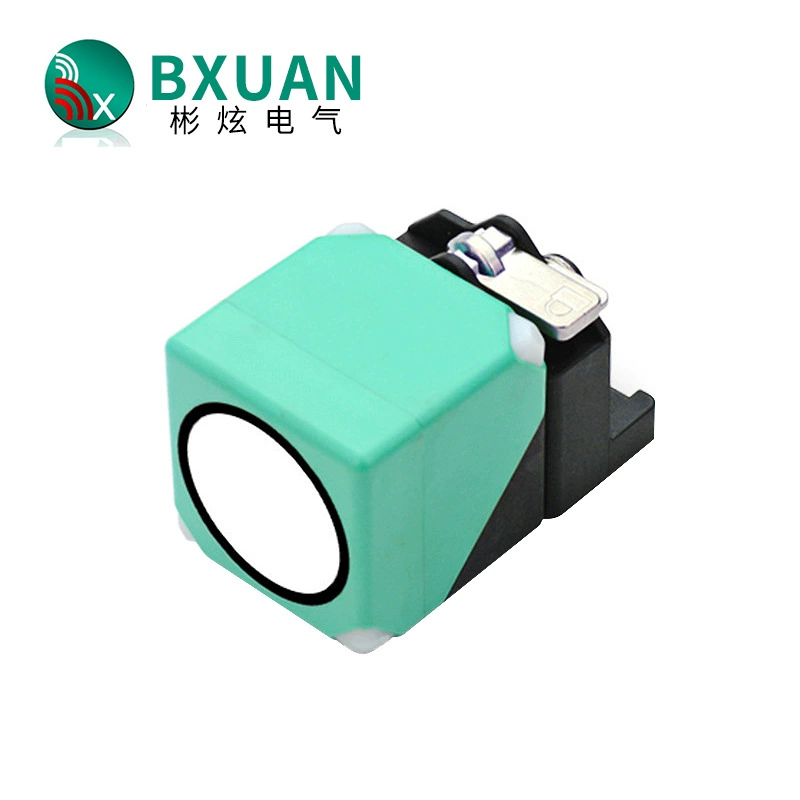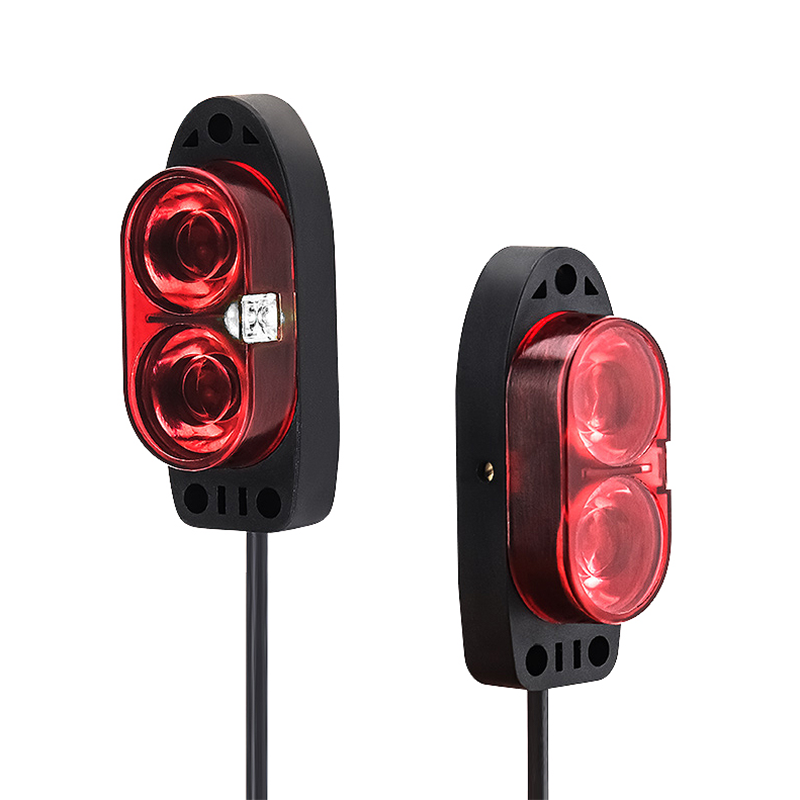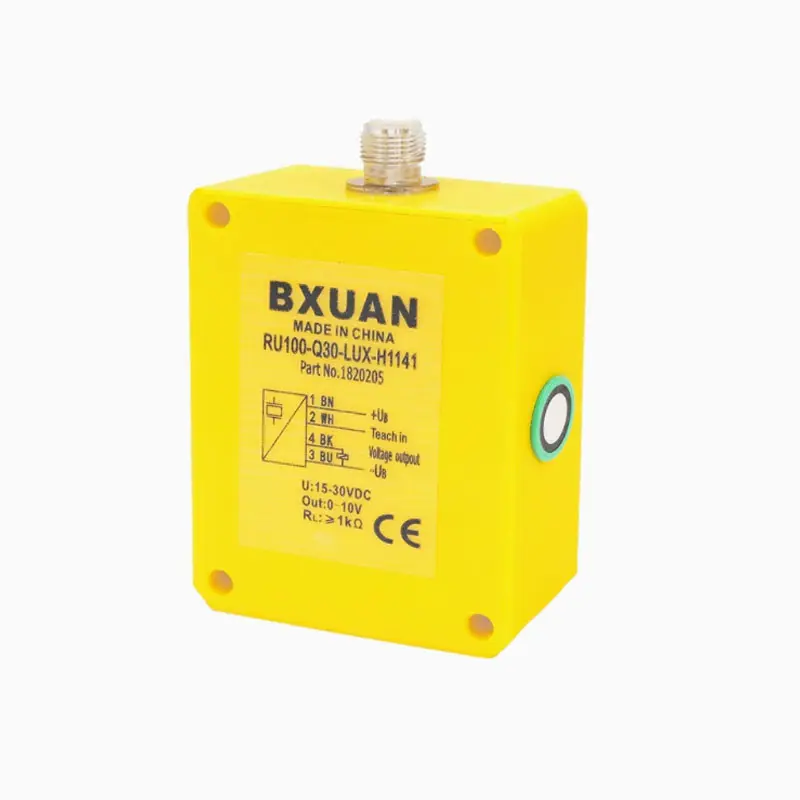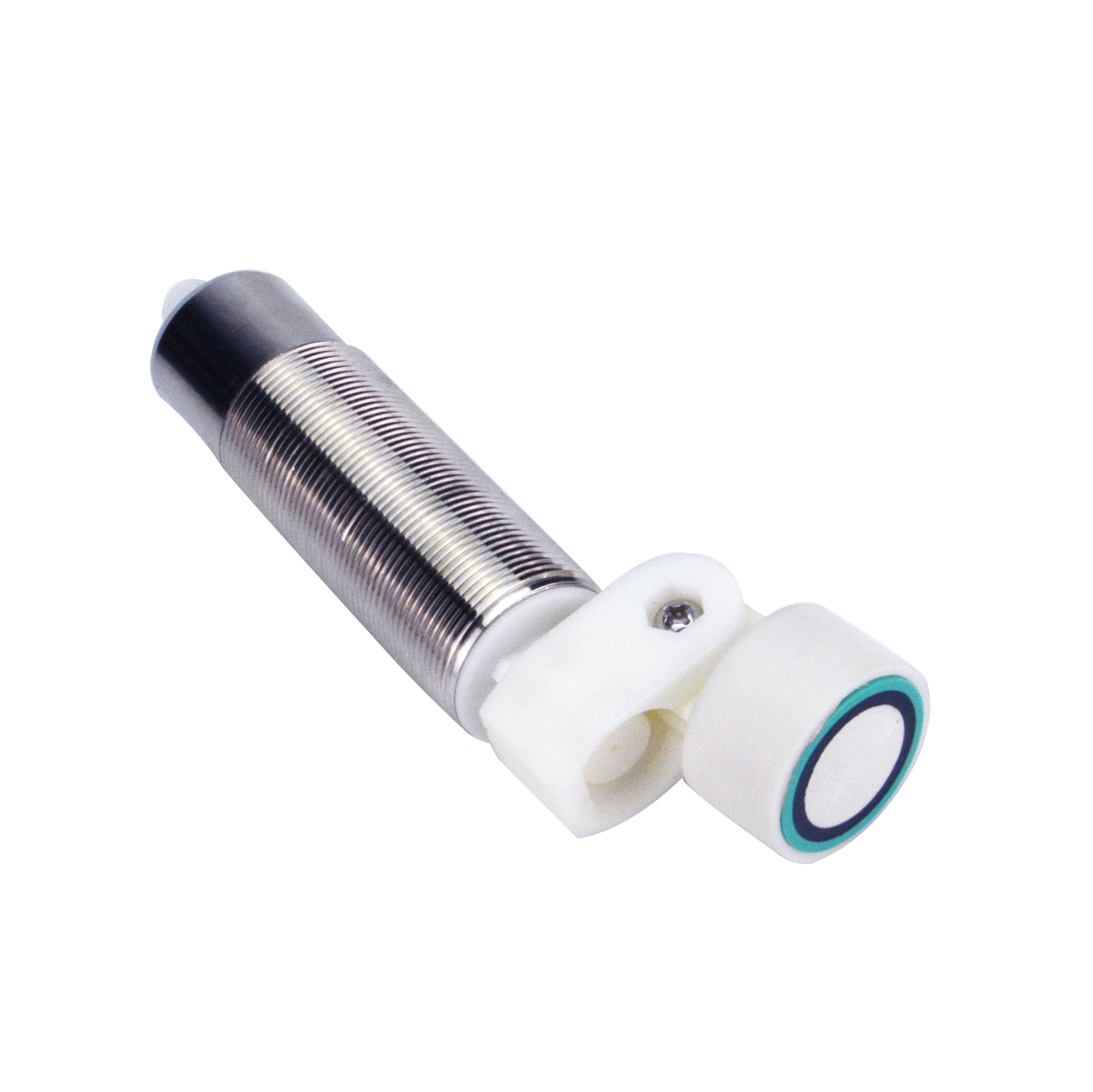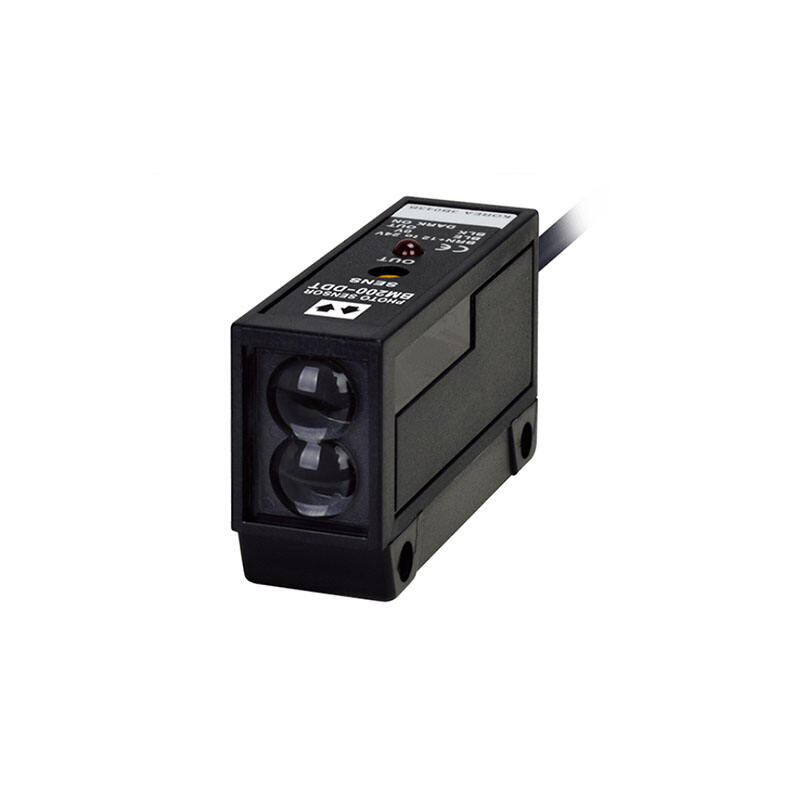high temperature inductive sensor
High temperature inductive sensors represent a sophisticated advancement in industrial sensing technology, specifically engineered to operate reliably in extreme temperature environments. These robust devices utilize electromagnetic induction principles to detect metallic objects without physical contact, maintaining their functionality in temperatures ranging from -40°C to +180°C. The sensor consists of a specialized coil assembly housed within a high-temperature resistant casing, typically made from stainless steel or advanced ceramic materials. When energized, the sensor creates an electromagnetic field that changes when a metallic target enters its detection range. This change triggers a switching output signal, enabling precise object detection even in harsh industrial conditions. The sensor's design incorporates temperature-compensated circuitry and specially selected materials that ensure consistent performance across wide temperature variations. These sensors find extensive applications in automotive manufacturing, metal processing facilities, industrial furnaces, and other high-temperature environments where conventional sensors would fail. Their ability to maintain accuracy and reliability under extreme conditions makes them invaluable in critical process control and automation systems, particularly in applications involving hot metal detection, position monitoring in furnaces, and proximity detection in high-temperature assembly lines.

